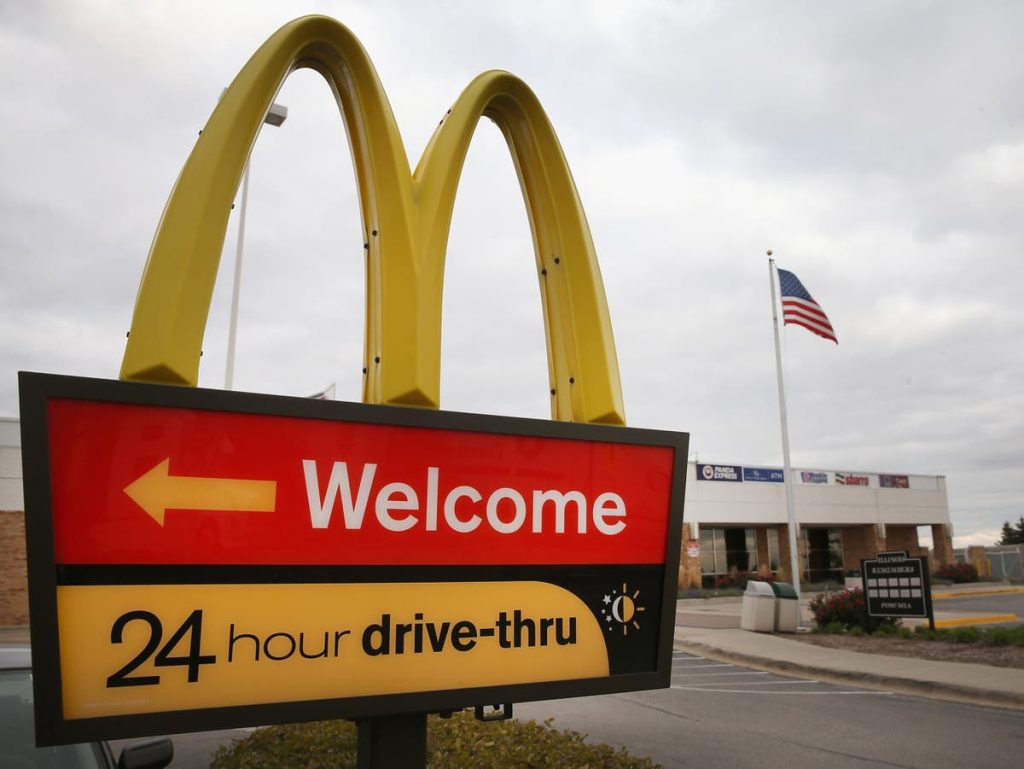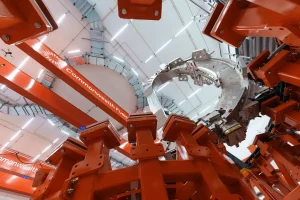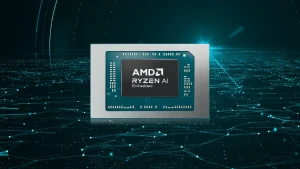Retracting AI: McDonald’s Pauses Its Automated Drive-Through Initiative

McDonald’s recent decision to discontinue its AI-driven ordering system at drive-throughs has sparked discussion across the fast-food industry. Launched in collaboration with IBM in 2021, the system aimed to streamline ordering processes but fell short of expectations due to issues with accent recognition and order accuracy.
Despite the setback, McDonald’s has not ruled out future AI endeavors, suggesting a possible recalibration and reintroduction of more refined technology. This move reflects a broader trend where businesses are weighing the benefits of automation against its current practicality and impact on customer service.
The End of an AI Experiment
In a surprising turn of events, McDonald’s has decided to discontinue its experimental AI-driven ordering system. Initially launched in 2021, the technology was designed to automate interactions at drive-throughs, enhancing speed and accuracy. However, the system struggled with recognizing various accents, leading to frequent inaccuracies in order completion.
Feedback from Franchisees
Franchise owners voiced their concerns, highlighting the AI system’s inefficiencies. Despite the high costs involved, the results remained unsatisfactory. Many reported that the technology delivered an order accuracy rate only in the low-to-mid 80 percent range, which is not competitive in the high-stakes environment of quick service restaurants.
Potential for Future Implementation
Despite these setbacks, McDonald’s remains optimistic about the future of AI in their operations. A company spokesperson indicated that while the partnership with IBM might be dialing down, the journey towards finding a viable AI-driven ordering system isn’t over. The promise of improved technology could potentially revolutionize customer service as the company continues exploring more efficient, scalable solutions.
Industry-Wide Trends
The use of AI is not unique to McDonald’s. Other fast-food giants like Wendy’s and Dunkin’ are also experimenting with similar technologies. The trend signifies a broader shift towards automating fast food services, although these innovations have not been without their own sets of challenges.
Consumer and Worker Impact
While the introduction of AI in service industries promises increased efficiency, it also raises important questions about the future of employment for low-skilled workers. As more companies adopt automation, the dynamics of the workforce are poised to change significantly, affecting millions of jobs across the globe.
Conclusion
As the fast-food industry continues to innovate, the balance between technological advancement and human employment remains a critical consideration. McDonald’s, while taking a step back, has not closed the door on AI. Their ongoing quest to perfect this technology highlights the complex interplay between innovation, customer satisfaction, and worker welfare.
In reviewing the recent discontinuation of McDonald’s AI initiative in drive-throughs, it is clear that while the technology has not met current expectations, its potential remains significant. The end of this partnership with IBM is not the conclusion of McDonald’s journey with AI but rather a pivot towards refining and possibly reintroducing a more adept system in the future. This pause allows for a reassessment of the technology’s implementation, which could lead to enhancements that better align with the fast-paced demands of drive-through service.
McDonald’s commitment to explore and potentially reintegrate AI technology in the near future underscores a forward-looking approach. It’s a reminder that innovation involves continuous testing, evaluation, and sometimes, stepping back to ensure that the advancements achieved are not only technologically sound but also practically beneficial for both the business and its customers.





